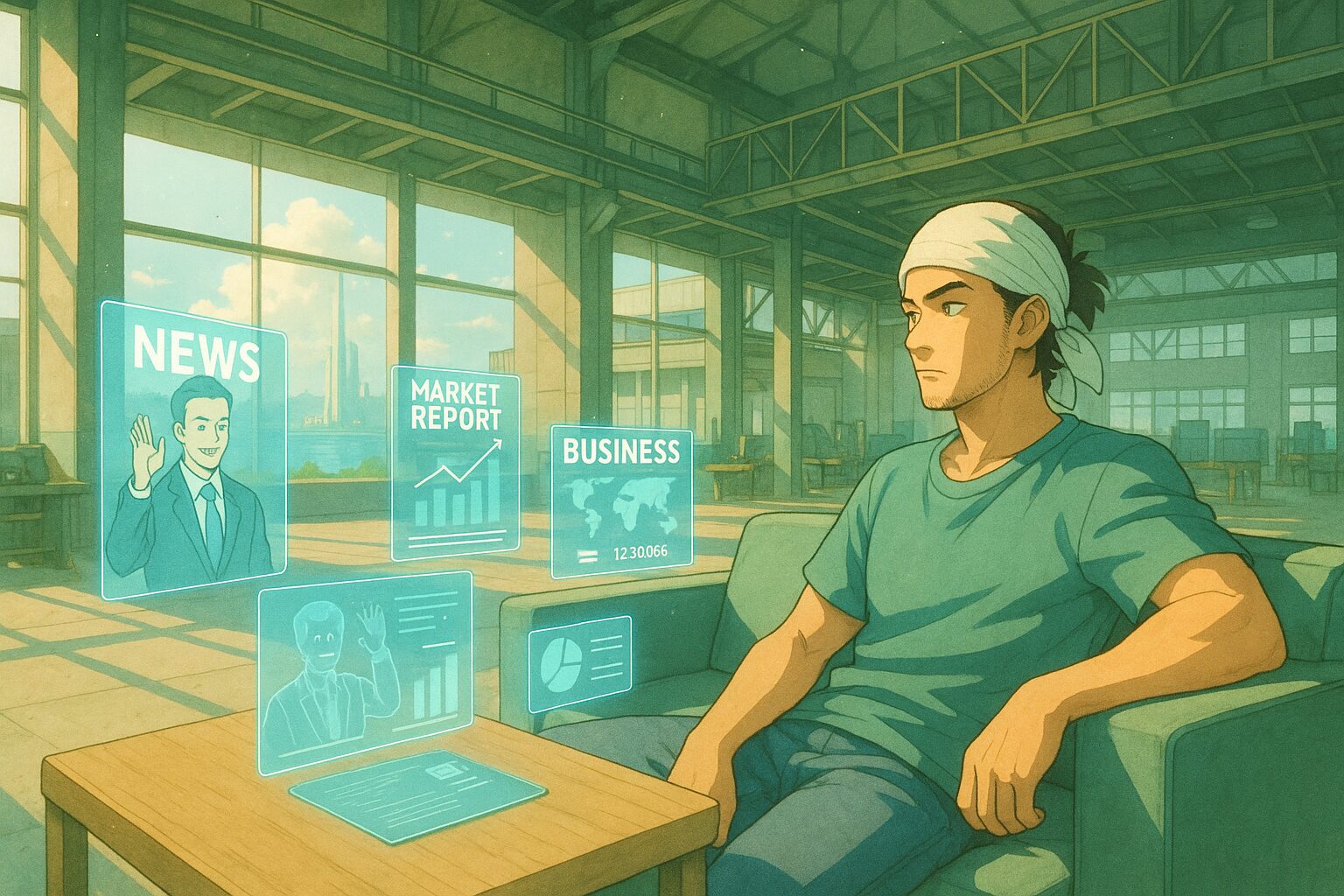Recently, the news has highlighted that engineers have developed new types of parachutes by applying Japan’s paper-cutting art “kirigami.” How will our lives change if this technology spreads? What if this trend continues?
1. Today’s News
Source:
The Brighter Side of News
Summary:
- Engineers have designed a new parachute using Japanese kirigami technology
- This new parachute can adjust automatically, making aerial drops cheaper and more accurate
- It has the potential to scale easily and adapt to various applications
2. Considering the Background
Modern logistics and aerial drop of relief supplies require efficiency and accuracy. Previous parachutes have complex designs and high costs, which have called for improvements. By applying traditional kirigami technology to this challenge, new possibilities have emerged. What aspects of our lives or infrastructure could this innovation affect?
3. What Will the Future Hold?
Hypothesis 1 (Neutral): A Future Where Kirigami Parachutes Become Commonplace
First, the generalization of kirigami parachutes may make aerial drops of supplies a common sight. This would make transport to remote areas easier and establish it as a part of logistics. We might begin to feel the sky closer to us, giving rise to new lifestyles.
Hypothesis 2 (Optimistic): A Future Where Kirigami Technology Develops Significantly in Various Fields
If kirigami parachutes succeed, this technology may be applied to other domains. For example, it could bring innovations in the design of products like architecture and medical devices. This fusion of technology and tradition could create new value and enrich our lives.
Hypothesis 3 (Pessimistic): A Future Where Traditional Techniques Are Lost
On the flip side, the commercial use of kirigami technology may diminish its value as a traditional art. Many people may focus on commercial applications, risking the loss of its original artistic significance. We need to reevaluate what we should preserve alongside the evolution of technology.
4. Tips for Us
Thinking Tips
- How do we think about balancing technology and tradition?
- Consider ways to incorporate new ideas into daily life
Small Practical Tips
- Add creativity to everyday items
- Learn and share traditional techniques
5. What Would You Do?
- Will you pursue technological evolution and think about new applications?
- Will you protect the value of tradition and pass it on to the next generation?
- Will you seek a balance between technology and tradition and explore ways to enjoy both?
What kind of future do you envision? Please share with us through social media quotes or comments.









